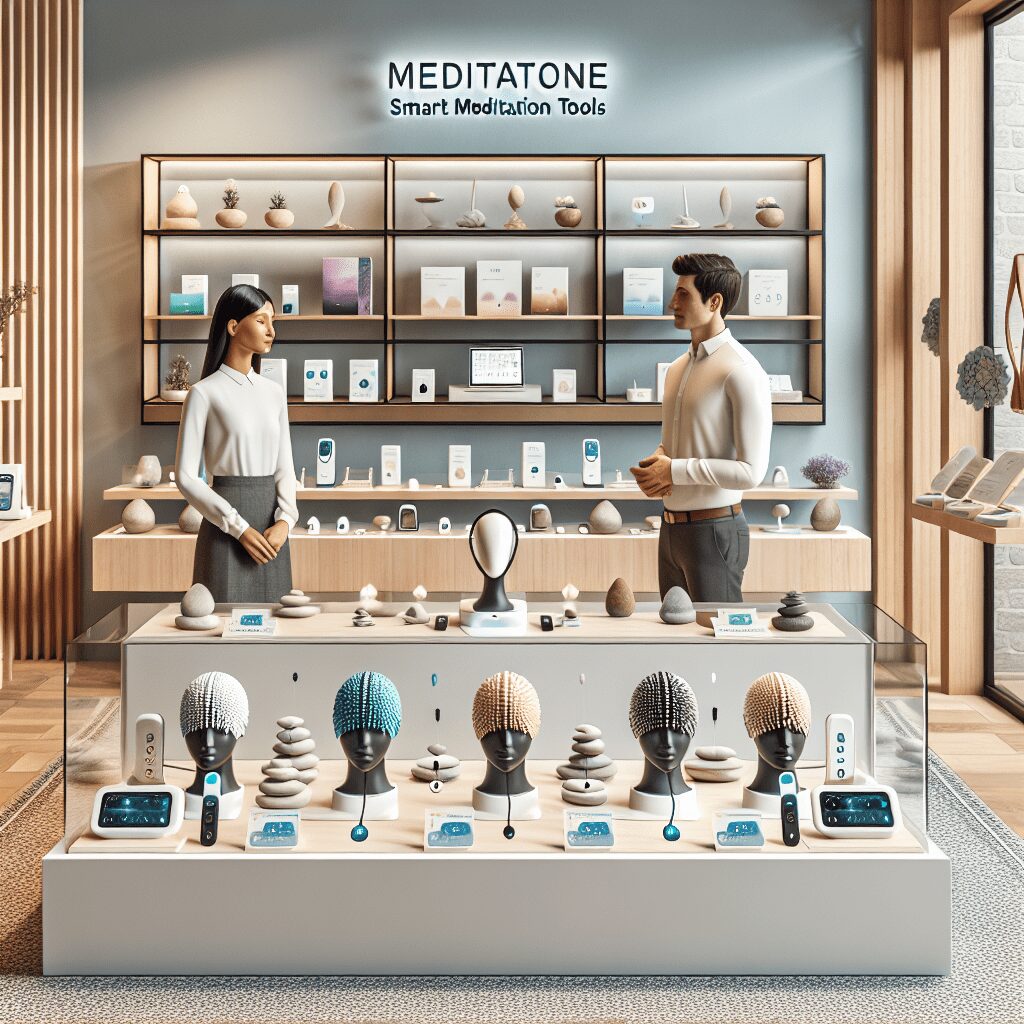
Prioritize your mental well-being daily. Enhance your life by nurturing your mental health with the Smart Meditation app. Break free from stress, alleviate anxiety, and enhance your sleep quality starting today.
What Percentage To Reduce Depression?
Unraveling the Mystery: Can We Quantify Relief from Depression?
In a world where numbers reign supreme, from counting calories to tracking our steps, it’s tempting to apply a similar metric-centric approach to our mental health. The question, “What percentage to reduce depression?” seems to lurk in the corners of many a conversation, audaciously suggesting that perhaps there’s a definitive numerical answer. But, as we navigate through the labyrinth of human emotions and mental health, we quickly realize that the equation isn’t as simple as input equals output. Instead, it’s akin to untangling a complex web, where each strand represents different facets of life and wellbeing.
The Elusive Math Behind Mental Health
First off, let’s get one thing straight: when it comes to mental health, particularly depression, there’s no one-size-fits-all solution or percentage reduction that applies universally. Depression, with its multifaceted nature, defies the straightforward simplicity of arithmetic. Yet, that doesn’t mean we’re adrift without hope or direction. Science, though unable to provide a precise percentage, has illuminated paths that significantly reduce the burden of depression for many.
Evidence-Based Strategies:
- Psychotherapy: Often hailed as a gold standard, therapies like Cognitive Behavioral Therapy (CBT) and Interpersonal Therapy (IPT) have shown remarkable efficacy. They’re not just about “talking it out”; they offer practical strategies to alter thought patterns and behaviors contributing to depression.
- Medication: For some, the biochemical aspect of depression is a significant hurdle, where antidepressants can be game-changers. It’s not about popping a pill to find happiness but restoring imbalance in the brain’s chemistry.
- Lifestyle Adjustments: Don’t roll your eyes just yet! Diet, exercise, and sleep, the holy trinity of well-being, hold more power than often credited. Regular physical activity, for instance, isn’t merely good for the heart; it’s also a potent antidepressant minus the pharmacy.
- Support Systems: Never underestimate the power of connection. Whether it’s friends, family, or support groups, having a robust support network can act as a lifeline amid the stormy seas of depression.
Tailoring Your Path to Recovery
Now, coming back to our original quandary—what’s the magic number? The truth is, recovery from depression is more art than science. It’s about finding the right concoction of therapeutic interventions, lifestyle tweaks, and support that resonates with an individual’s unique life circumstances and history. This journey is profoundly personal and, as such, is measured not in percentages but in milestones of personal growth, resilience, and wellbeing.
Stepping Stones to Consider:
- Setting Realistic Expectations: Aim for progress, not perfection. Small victories like getting out of bed, engaging in a hobby, or simply going for a walk are monumental strides.
- Patience is Key: Healing takes time. The road to recovery is often circuitous, with its fair share of ups and downs. Be gentle with yourself.
- Holistic Approach: Think of recovery as a holistic endeavor. Physical health, mental wellbeing, and emotional balance all dance together in the symphony of recovery.
In conclusion, while we may crave a numerical value to gauge our progress against depression, the narrative of healing is penned in personal growth and the gradual return of joy and hope in one’s life. Embrace your journey, celebrate your milestones, and remember, the road to recovery is traveled one step at a time. The victory, though not quantifiable by percentages, is profound and deeply transformative.





